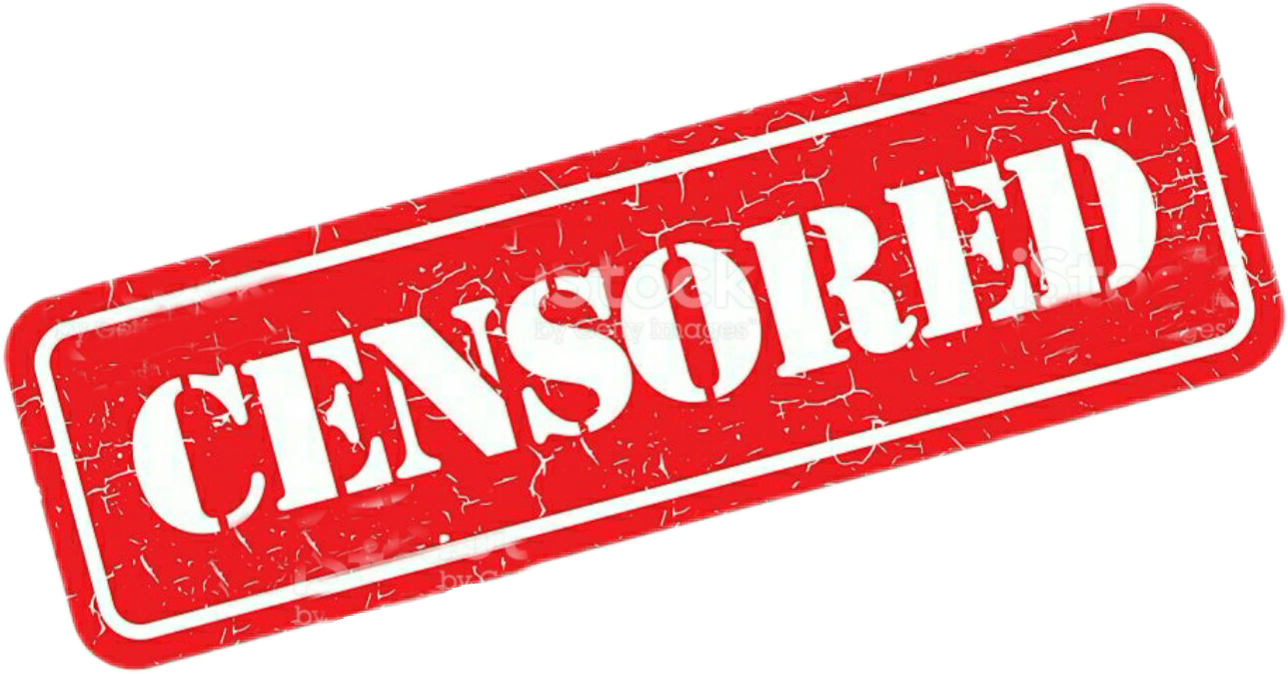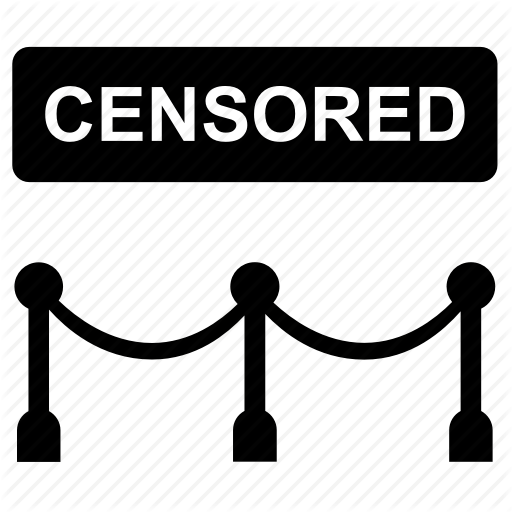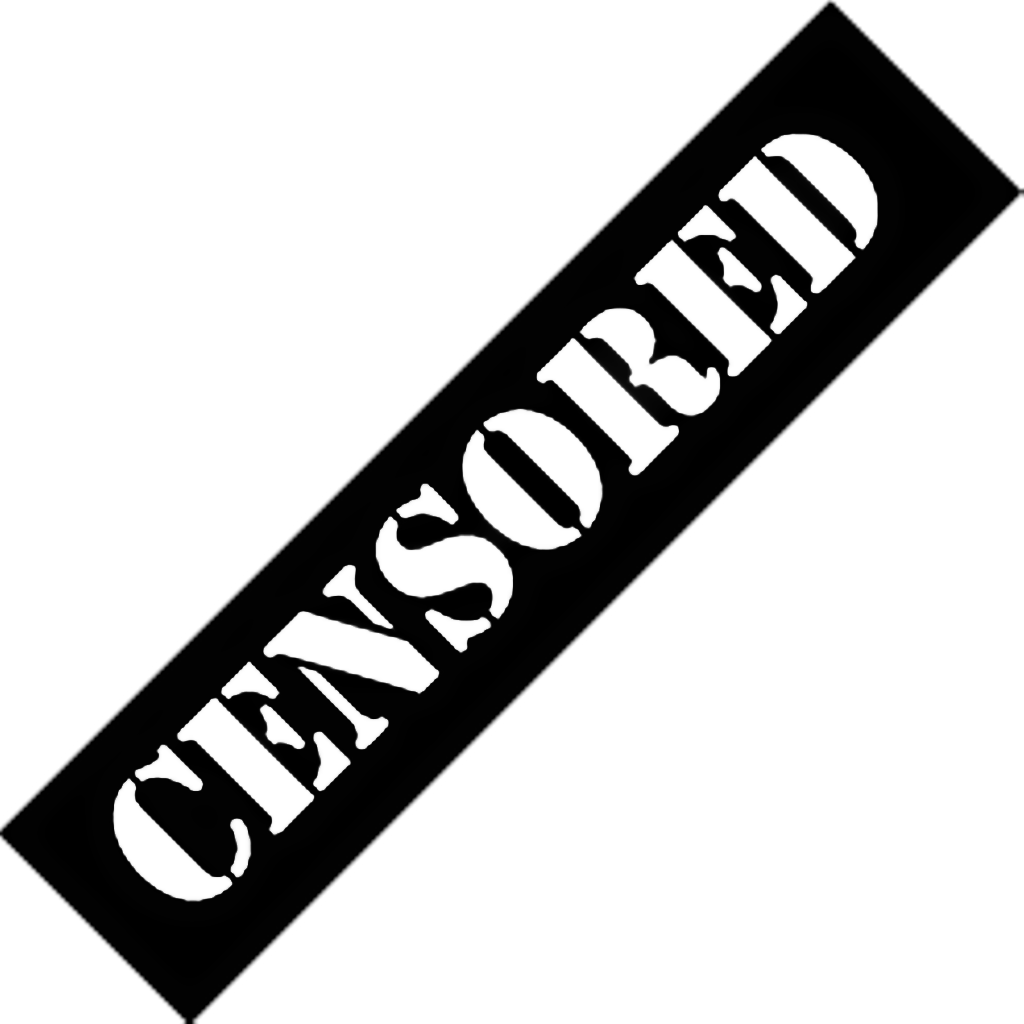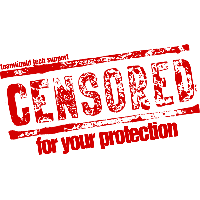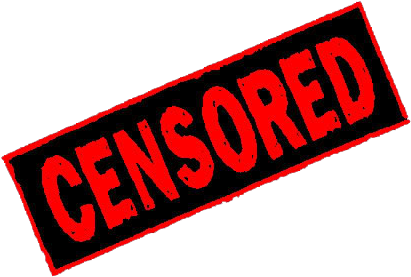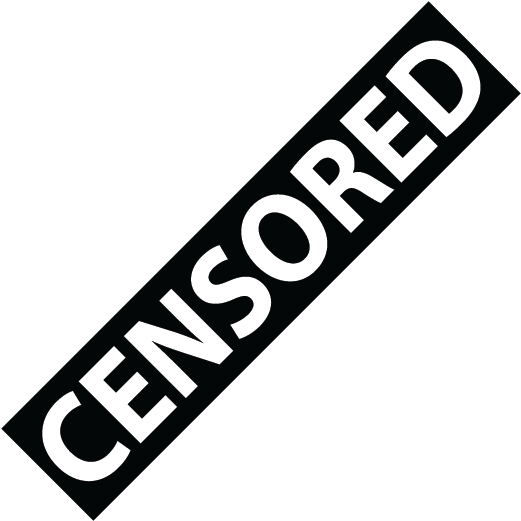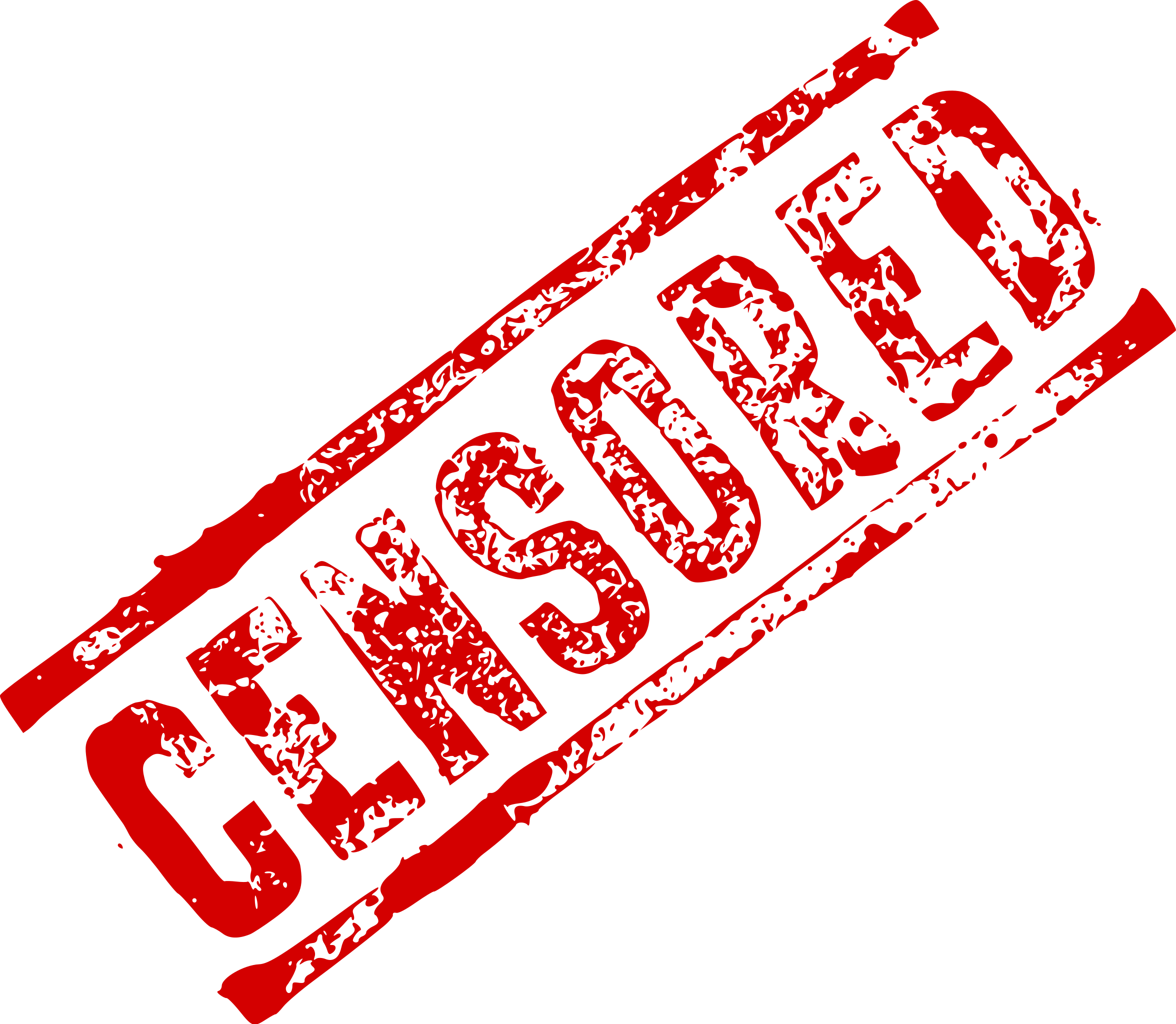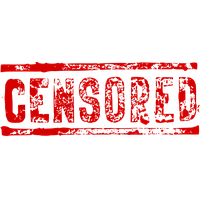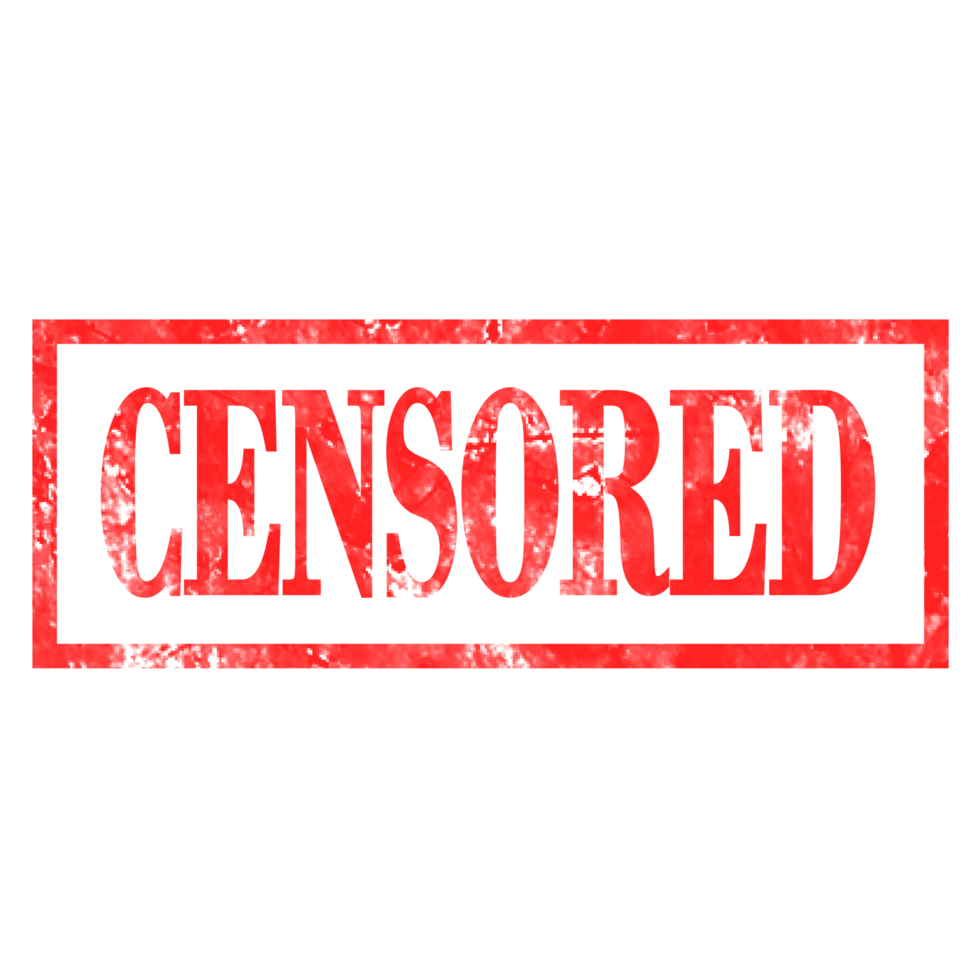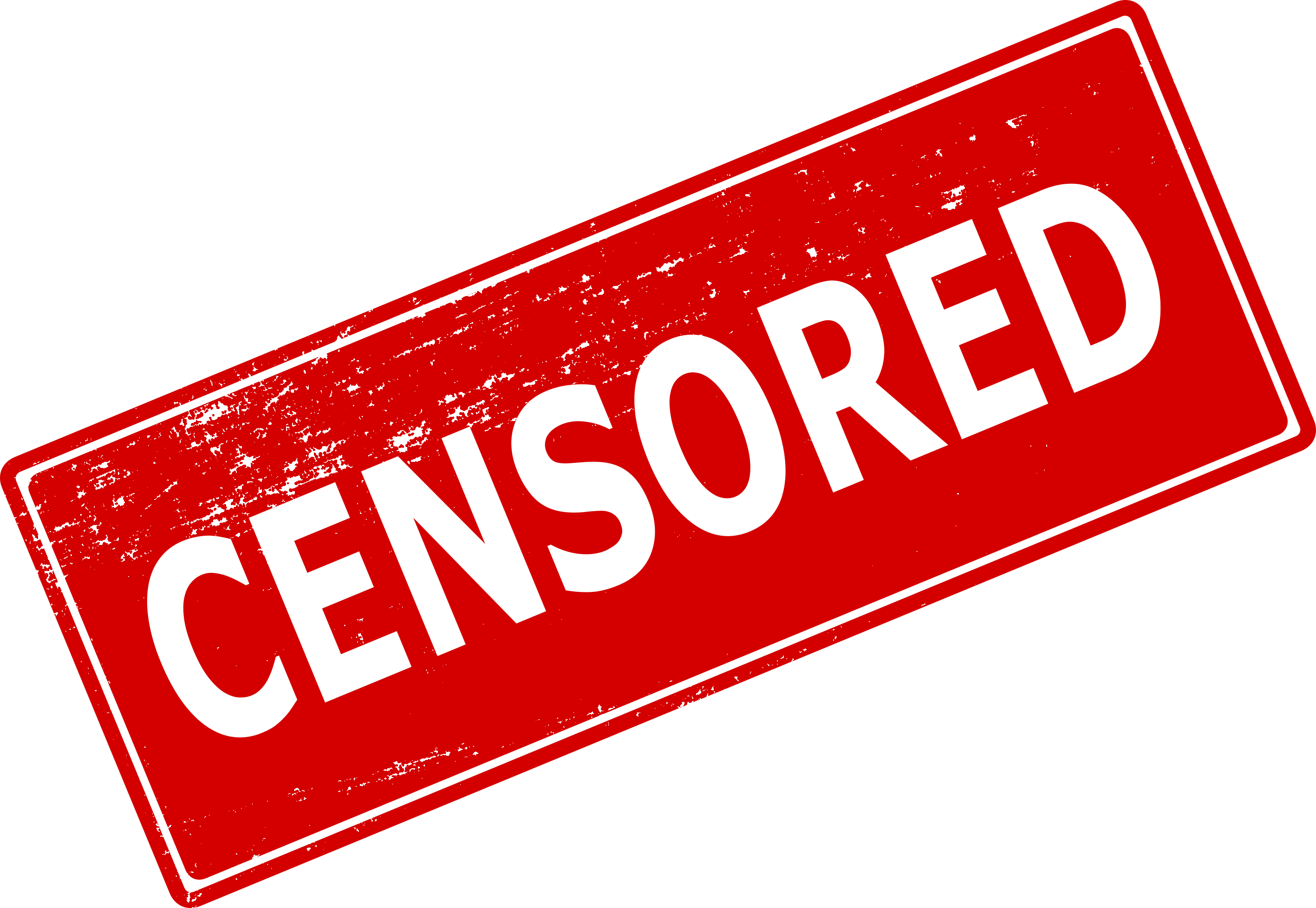Download top and best high-quality free Censored PNG Transparent Images backgrounds available in various sizes. To view the full PNG size resolution click on any of the below image thumbnail.
License Info: Creative Commons 4.0 BY-NC
If you have ever come across the term “censored” in any context, you might have wondered what it means and why it is necessary. Simply put, censorship refers to the suppression or control of information, speech, or other forms of expression that are considered harmful, offensive, or sensitive by a governing body or authority. The idea behind censorship is to prevent the spread of content that can incite violence, promote hate speech, or cause harm to society in any way.
Censorship can take many forms, and it can be implemented in different ways depending on the governing body’s guidelines, cultural norms, and legal systems. Some of the most common forms of censorship include content removal, blackouts, redactions, and bans. These tactics are aimed at controlling what people can see, hear, or read in various media, including print, broadcast, and the internet.
The motives behind censorship can vary widely, depending on the circumstances. Some of the most common reasons for censorship include protecting national security, preserving cultural values, safeguarding public morals, ensuring privacy and protecting intellectual property rights, among others. However, these reasons can also be used to justify censorship that limits people’s freedom of expression, creativity, and artistic freedom.
Types of Censorship
Censorship can be classified into different types based on the methods used to control or suppress information. The most common types of censorship are:
- Content removal: In this type of censorship, publishers or media outlets remove or choose not to publish specific content that is deemed inappropriate or harmful. This type of censorship is common in news media, movies, TV shows, and other types of media.
- Blackouts: In a blackout, a censorship authority restricts access to specific media outlets or platforms. This can happen during political unrest, wars, or other events that authorities deem sensitive or harmful.
- Redactions: Redaction is a form of censorship where specific words, phrases, or sections of a document are removed before releasing it to the public. This type of censorship is common in government documents, court cases, and legal proceedings.
- Bans: In some cases, the censorship authority might completely ban specific media outlets, books, or other materials deemed inappropriate or harmful to society.
The Pros and Cons of Censorship
Like most things in life, there are both pros and cons to censorship. Supporters of censorship argue that it protects society from harmful and offensive content that can incite violence, promote hate speech, or cause harm to people and society as a whole. They also argue that censorship can help preserve and promote cultural and moral values and prevent people from being exposed to inappropriate or explicit content.
On the other hand, opponents of censorship argue that it limits people’s freedom of expression and creativity and can be used to control and manipulate populations. They argue that censorship can be overused or abused by governments and authorities to suppress dissent and silence opposition. They also argue that censorship can be used to promote propaganda and misinformation and silencing voices that are critical of the status quo.
Censorship in the Digital Age
In the age of the internet, censorship has taken on new forms and challenges. While the internet has provided unprecedented access to information and freedom of expression, it has also created new challenges for censorship authorities. The sheer volume of online content makes it difficult for censors to control or remove harmful or sensitive content, and the anonymous and decentralized nature of the internet makes it hard to track and monitor online activities.
The rise of social media platforms has also created new challenges for censorship authorities. While social media has provided an avenue for freedom of expression and the free exchange of ideas, it has also become a platform for hate speech, harassment, and fake news. This has forced social media platforms to adopt new policies and regulations to monitor and control harmful content, which has sparked debates about censorship and free speech.
Censorship is a complex and multifaceted issue that has both advantages and disadvantages. While it can be used to protect society from harmful and offensive content, it can also be used to control and manipulate populations. In the digital age, censorship has taken on new forms and challenges, and finding a balance between protecting freedom of expression and preserving social values is becoming increasingly difficult.
As individuals and communities, it is important to stay informed about censorship policies and regulations and to speak out against censorship that limits our freedom of expression and creativity. By doing so, we can help promote a free and open society that values diversity, creativity, and expression.
Download Censored PNG images transparent gallery
- Censored Transparent
Resolution: 1288 × 674
Size: 1223 KB
Image Format: .png
Download
- Censored
Resolution: 512 × 512
Size: 27 KB
Image Format: .png
Download
- Censored PNG Clipart
Resolution: 1024 × 1024
Size: 185 KB
Image Format: .png
Download
- Censored PNG Cutout
Resolution: 605 × 131
Size: 6 KB
Image Format: .png
Download
- Censored PNG File
Resolution: 200 × 200
Size: 14 KB
Image Format: .png
Download
- Censored PNG Image
Resolution: 411 × 277
Size: 85 KB
Image Format: .png
Download
- Censored PNG Images
Resolution: 521 × 521
Size: 9 KB
Image Format: .png
Download
- Censored PNG Photo
Resolution: 733 × 201
Size: 97 KB
Image Format: .png
Download
- Censored PNG Photos
Resolution: 2352 × 2048
Size: 434 KB
Image Format: .png
Download
- Censored PNG Pic
Resolution: 200 × 200
Size: 24 KB
Image Format: .png
Download
- Censored PNG Picture
Resolution: 980 × 980
Size: 157 KB
Image Format: .png
Download
- Censored PNG
Resolution: 2834 × 1956
Size: 286 KB
Image Format: .png
Download
